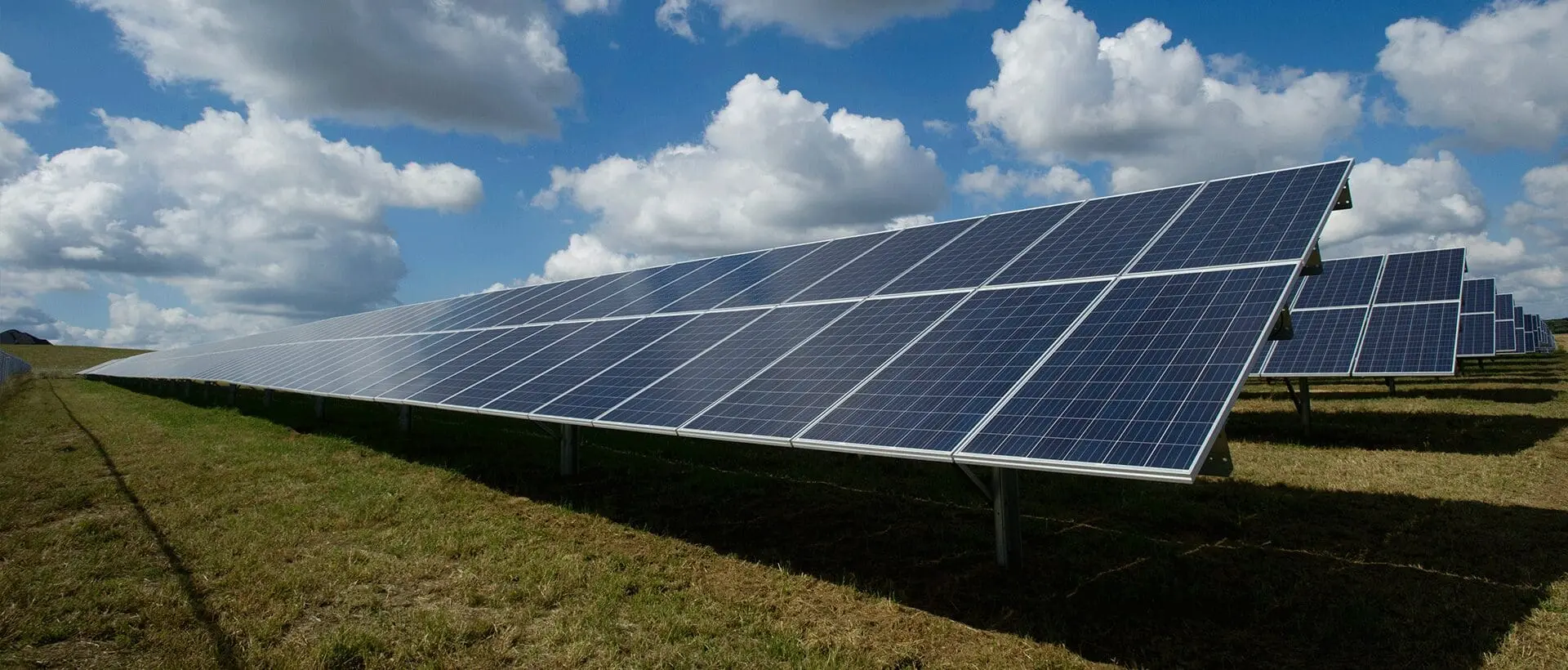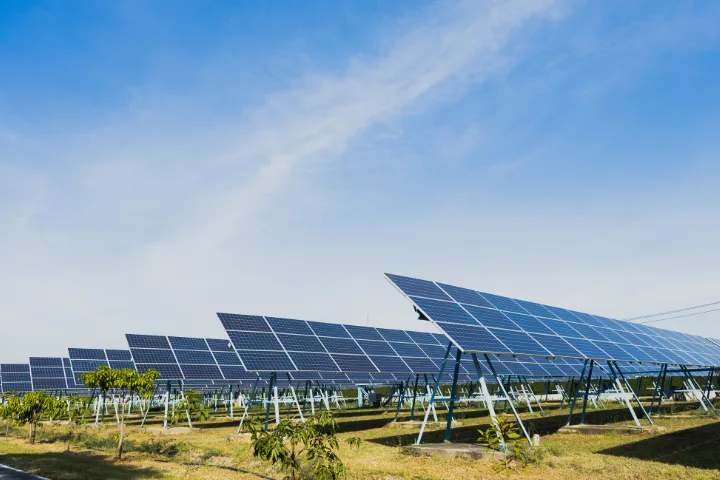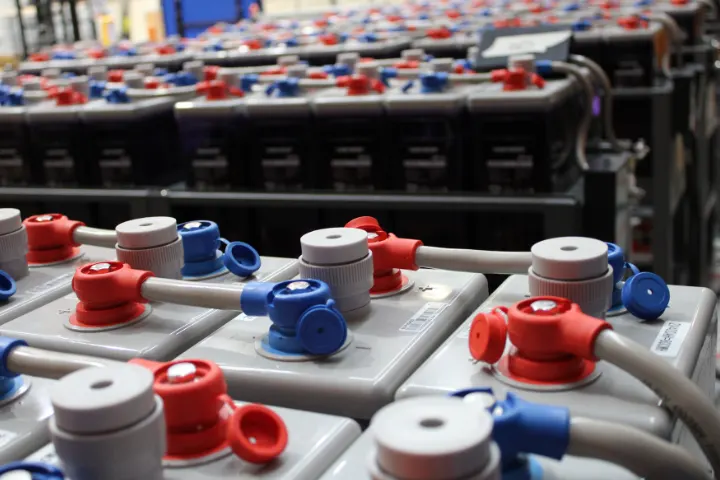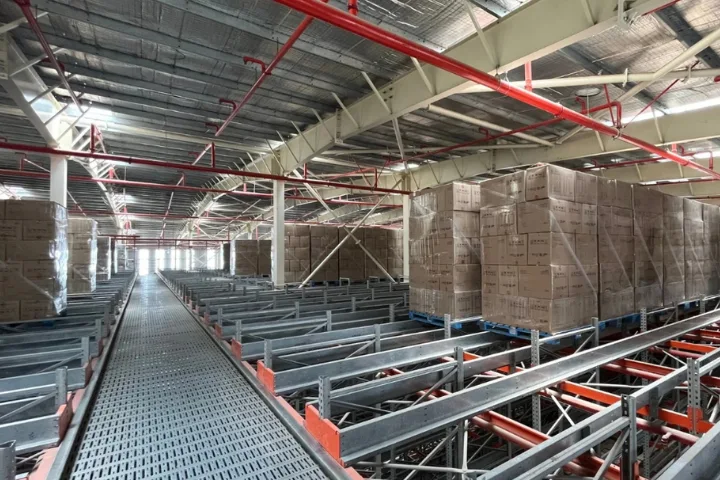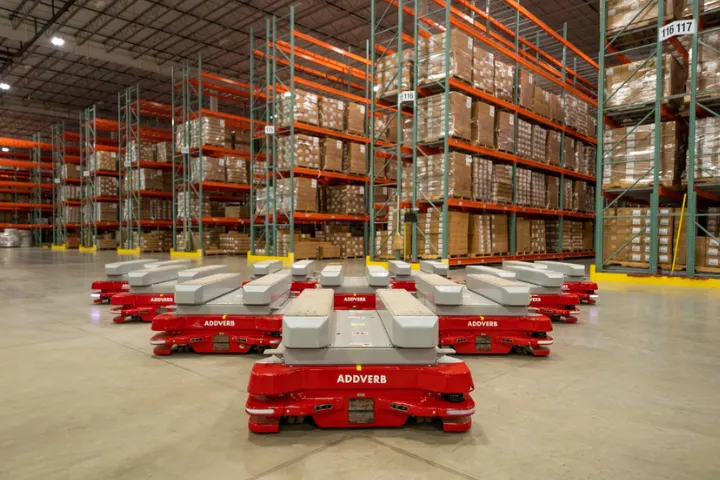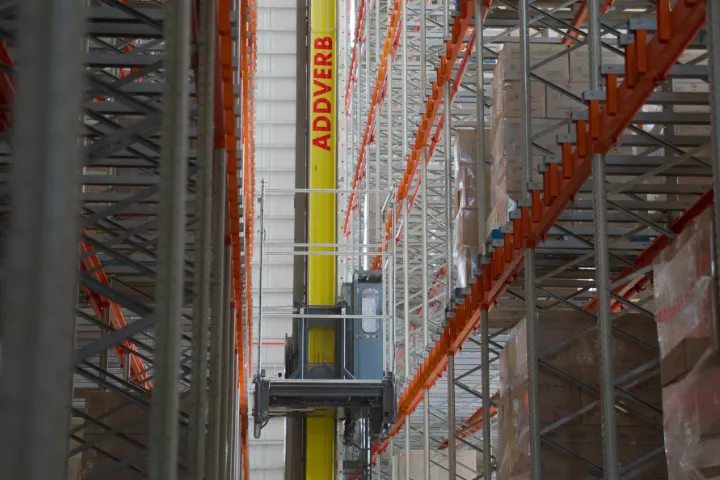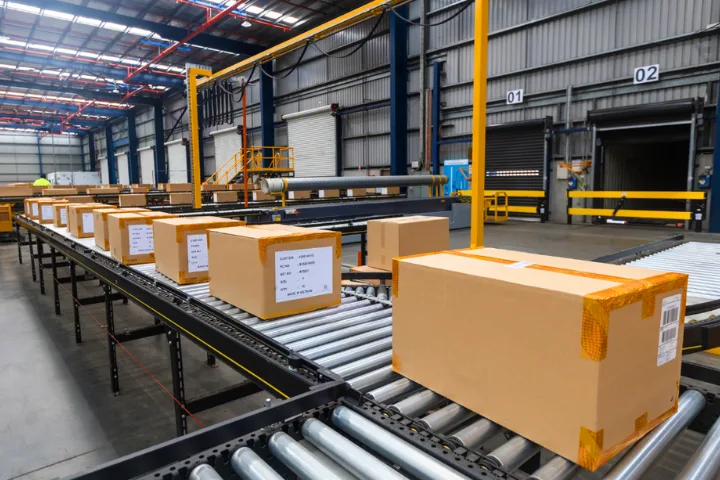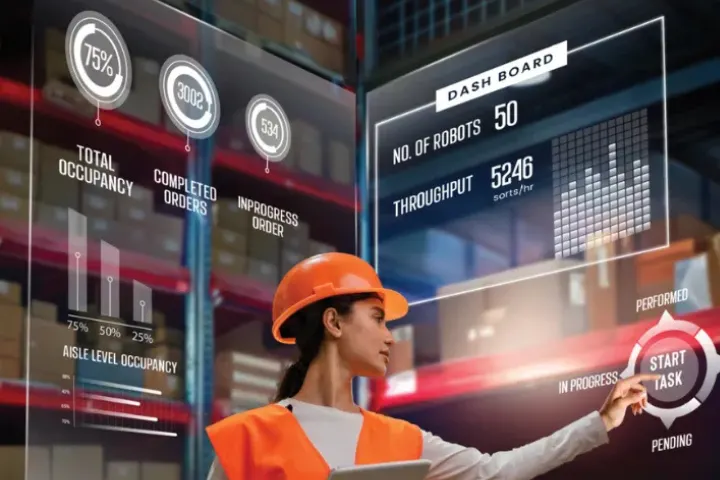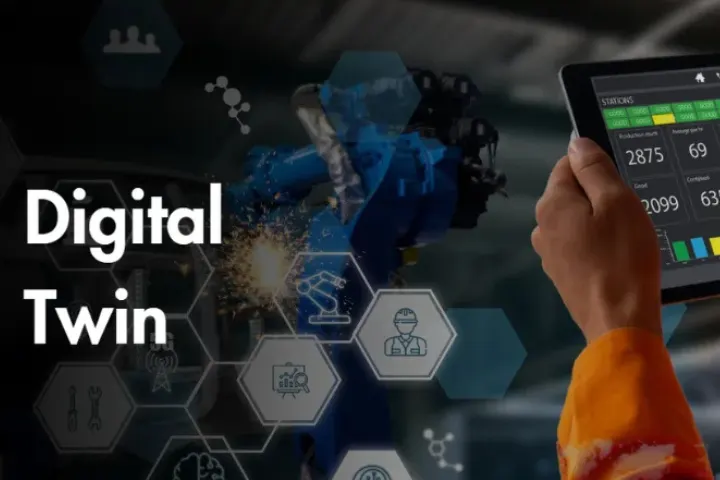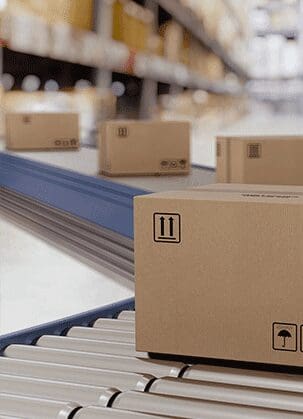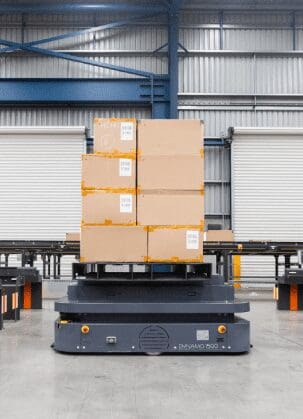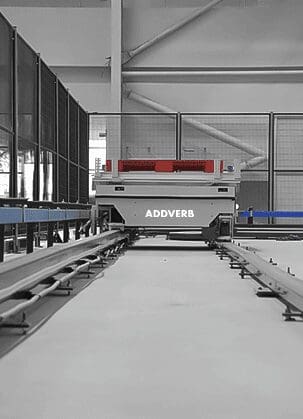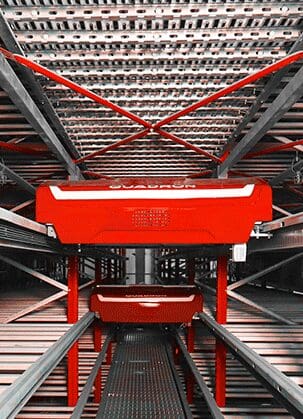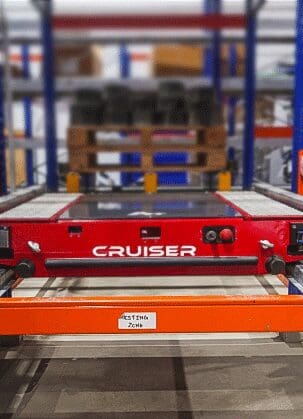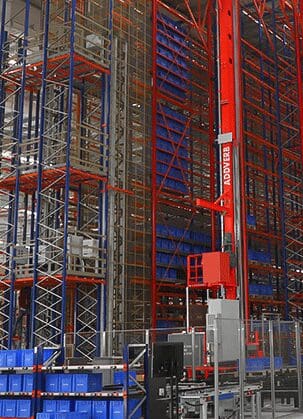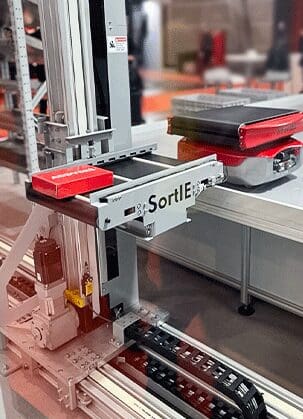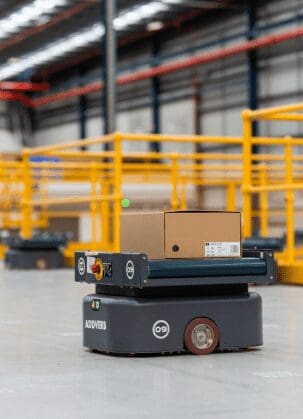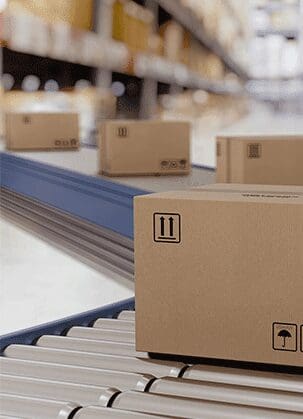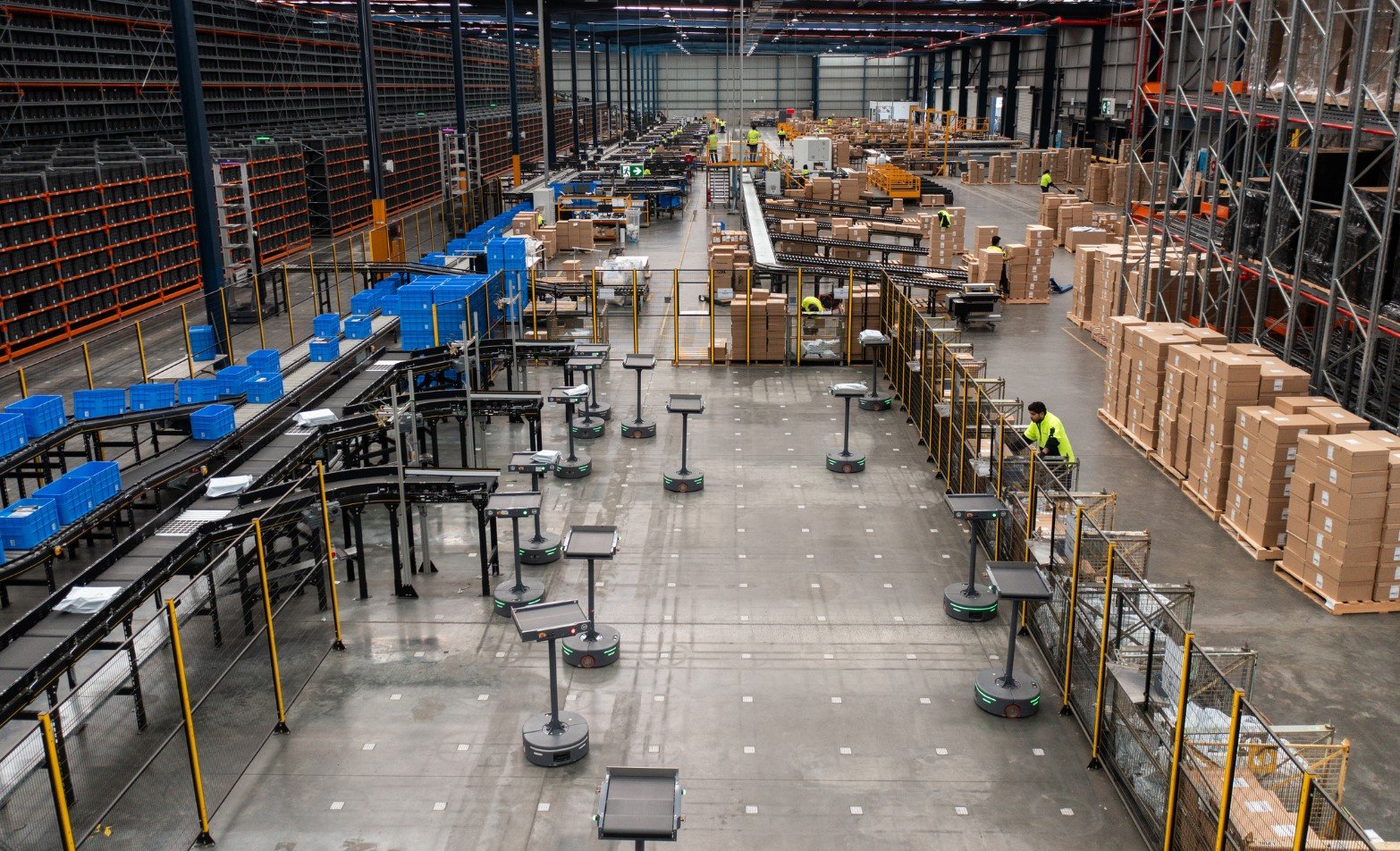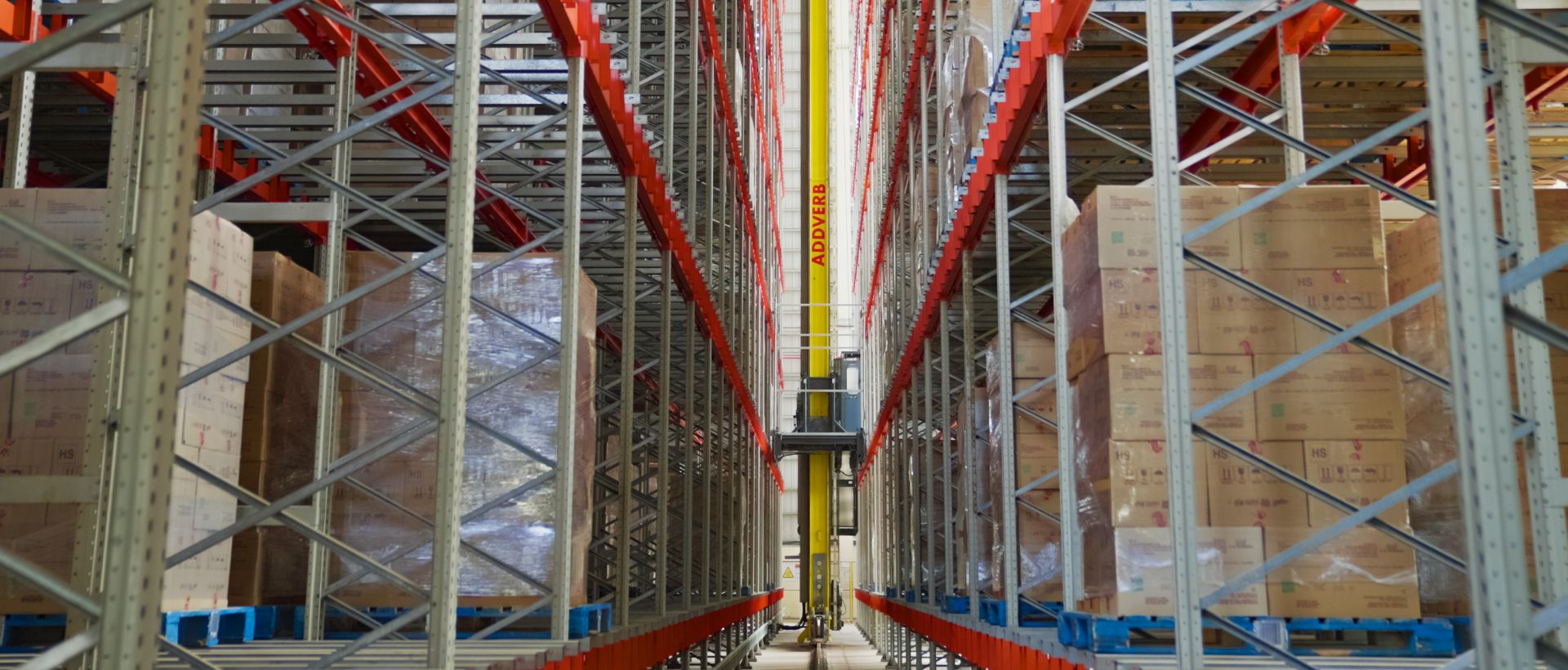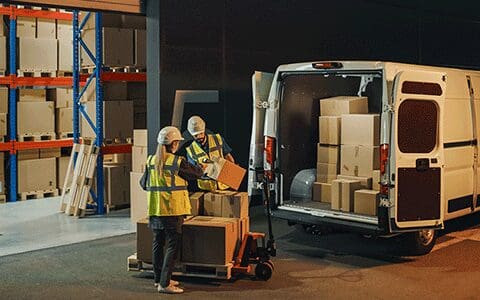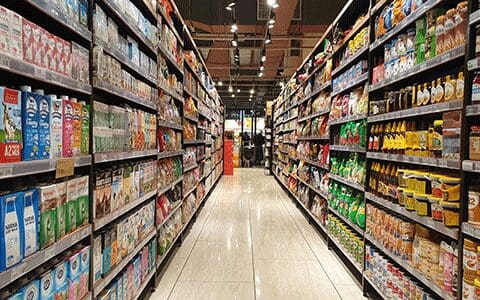
Frequently Asked Questions
-
What factors determine the cost of automating a semiconductor warehouse or cleanroom?
The cost depends on the required automation modules, contamination control level (ISO class) and type of automated transport systems (like AMRs, FOUP/FOSB storage). Since semiconductor operations have stringent ESD and cleanliness requirements, solutions are highly customized. For an exact cost estimate, please get in touch with our experts here.
-
How long does it take to implement automation in a semiconductor environment?
Implementation timelines depend on cleanroom layout, throughput required, and integration with existing MES and fab systems. Modular solutions such as FOUP transport Mobico or automated Vertex can go live in phases within months. Stepwise deployment ensures zero contamination risk and seamless handover across cleanroom zones.
-
How can digital twin simulation help optimize semiconductor logistics?
Addverb’s digital twin models wafer flows, FOUP transfers, and buffer storage under varying throughput scenarios. This helps fabs test layout efficiency, predict bottlenecks, and validate system capacity before deployment, reducing commissioning time and ensuring flawless integration with fab operations.
-
How do Addverb’s solutions ensure contamination-free and ESD-safe handling?
All our cleanroom AMRs and robotic systems use anti ESD materials and have smooth movement for handling fragile components of semiconductor production. Integrated sensors monitor particle count and ESD parameters in real time, ensuring contamination-free transport of wafers, and critical components.
-
Can Addverb automation scale with fab expansion or new process lines?
Yes. Our modular automation like FOUP transfer AMRs, Wafer disk ASRS can be easily scaled or reconfigured as new bays, or process lines are added. Our Seamless software integration ensures synchronized wafer flow and real-time updates across MES and warehouse control systems.
